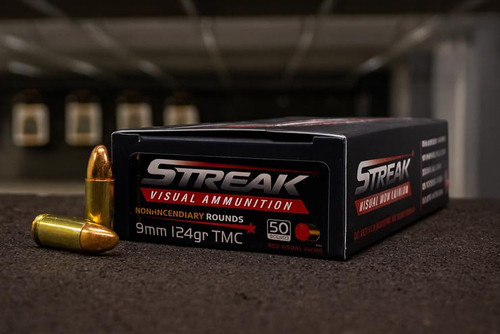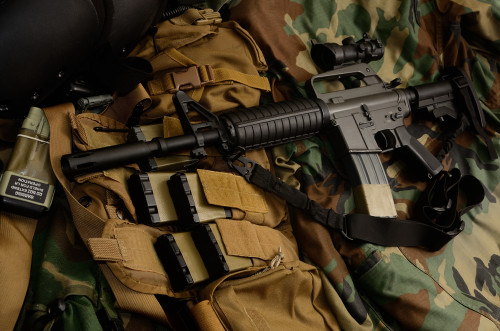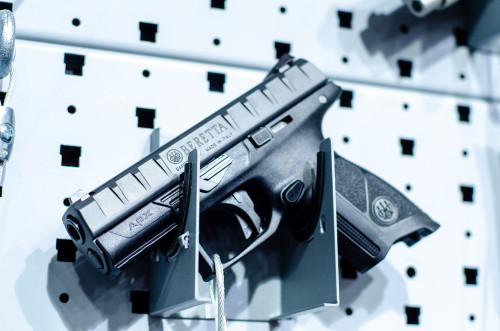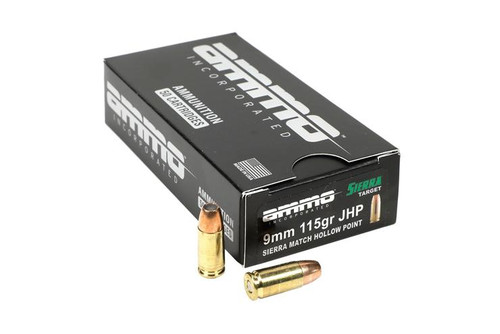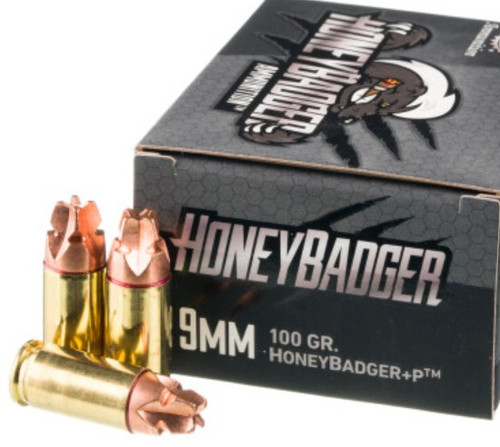“Oh look — another polymer-framed, striker-fired semi-auto. How quaint.”
If this is your gut reaction to the Smith & Wesson SD40 VE, check yourself. Rolling your eyes at Smith’s latest polymer blaster robs you of the chance to enjoy a budget-savvy autoloader with a lot more to offer than its price tag suggests.
Getting a quality blaster at a good price is like finding hen’s teeth in Jimmy Hoffa’s pocket. But too often folks overlook Smith & Wesson’s budget-friendly line of heaters.
Most guns in the price range of models like the SD40 VE are imported from countries quasi-friendly to the US (and often of dubious quality). Most foreign countries don’t have the same QC standards as the US, but with Smith & Wesson, you get a tried and true piece backed by a world-famous name.
This gun, and its 9mm counterpart the SD9 VE, are interesting because they benefit from over a decade of refinement. They’ve also attained a level of quality seldom found among guns at this price point.
So, is the SD40 VE a Glock competitor or a Hi-Point peer? Gather ‘round and let’s find out.
What Is the SD40 VE?
The Smith & Wesson SD40 VE is a polymer-framed, striker-fired semi-auto handgun chambered in .40 Smith & Wesson (.40 S&W). It’s got a standard capacity of 14 rounds in the magazine, which is the same or better than more expensive guns. These days, if gun makers release a pistol with magazine capacity below the teens, they might as well be pissing into the wind — it ain’t gonna sell.
Most importantly, the SD40 VE is the fourth generation of budget-friendly Smith autoloaders that trace back to the last century. Briefly, S&W released the SW40F (.40 S&W) and SW9F (9mm Luger) — to little fanfare. They were crude, basic, and suffered horrible timing as Glock was still making inroads in a market dominated by steel-framed pistols.
This first generation didn’t do so great, so Smith took the feedback and refined their original models into the “Sigma” line of pistols. This then morphed into the SD line. Now, after much polishing, the series has culminated in the SD40 VE. Instead of creating an all-around pistol, Smith wisely honed in on the self-defense niche for this budget blaster.
The SD40 VE strikes a balance between a full-size gun and a compact carry piece. It’s roughly the same height and length as the venerable Glock 19, smaller than the Glock 17, and thinner than both. Girth matters when you’re carrying inside the waistband or if you have smaller hands. The SD40 VE is equally suitable for home defense or for concealed carry under a sweatshirt or bulky garment.
Smith & Wesson SD40 VE in Depth
True to its name, the “SD” in SD40 VE stands for Self Defense, and the trigger is optimized for such. Its two-piece, hinged design requires the shooter to have a full grip on the gun before the trigger will fully engage. Smith calls it the SDT™, or Self-Defense Trigger, designed for “consistent pull from first round to last.” That’s a good thing, as an inconsistent trigger break leads to wild inaccuracy and can even be a liability if the shooter isn’t sure when the gun will go off.
Smith & Wesson SD40 VE Specs
| Smith & Wesson SD40 VE | |
|---|---|
| Caliber | .40 S&W |
| Action | Striker-Fired |
| Capacity | 14 rounds |
| Frame | Compact |
| Weight | 22.6 oz |
| Trigger Pull | 8 lbs. |
| Dimensions | 1.29 in W x 5.5 in H |
| Price (Estimate) | ~$400.00 |
What Is a Striker-Fired Pistol?
Striker-fired guns use a spring-loaded firing pin to whack the bullet’s primer, firing the cartridge. In general, pulling the trigger on a striker-fired gun moves the firing pin backward, loading the spring, while simultaneously releasing one or more internal safeties. When the trigger reaches its rearmost point, the firing pin is released, striking the primer and sending lead down range.
Ergonomics and Aesthetics
The grip angle of the SD40 VE mimics that of the 1911, considered the most naturally pointing handgun grip angle. The grip texture is a nice blend between the slick-as-owl-crap SW40F and the cheese-grater feel of the Sigma. Overall, the SD40 VE strikes a balance that offers comfort with positive grip under recoil.
Aesthetically, the SD40 VE is a winner, and the stainless slide and large serrations are more than just eye candy. The finish is corrosion resistant, and the slide serrations offer a big purchase area for racking the slide and doing press checks (partially retracting the slide to see if the gun is loaded).
The SD40 VE beats the pants off many competitors with its optional hi-vis sights. The gun comes with basic white 3-dot sights, but the bright orange front sight is well worth the upgrade. Professional and competitive shooters will tell you that if you want to hit what you’re aiming at, don’t focus on the target or the rear sight; but rather look at the front sight. The easier the front sight is to pick up, the better chance you’ll have of scoring hits.
If a little extra bling is your style, there’s an FDE (flat dark earth) frame available as well.
SD40 VE Pros and Cons
If you’re looking for a cut-and-dry pros and cons analysis of the SW SD40 VE, we’re happy to oblige:
SD40 VE Pros
- Low Price - The SD40 VE fits the budget of a whole lot of shooters. You can find it in around $300+ most places. For that price, you get a gun that’s been refined into a reliable package from a manufacturer that needs no introduction. Smith & Wesson didn’t become the juggernaut it is today by putting out trash.
- Firepower - The SD40 VE puts a LOT of oomph in your fist with 14 rounds of .40 Smith & Wesson in the magazine. As a full-sized .40, you could do a lot worse.
- Accessories - Finally, the SD40 VE accepts a wealth of aftermarket accessories to customize your gun. The rail on the frame accepts light and lasers, while the sights can be changed for tritium-charged glow-in-the-dark night sights. Also, companies like Apex Tactical make aftermarket triggers that smooth out and shave a few pounds off the pull for easier and more accurate shooting. The easier a trigger is to pull, the less you strain your hand.
SD40 VE Cons
For performance and design, the SD40 VE is a fine firearm. But admittedly, Smith has lagged behind in standardizing the accessory rail that carries lights and lasers. The first generation of the gun had no rail, and the second had a proprietary HK-style rail. The SD40 VE has the now-standard 1913 picatinny rail, which is the simplest, strongest, and fastest way to mount a light or laser on a gun.
The SD40 VE might not have the finest match-grade trigger on the market, a super swanky high tech finish, or be cut for red dot optics — but it’s a friggin’ workhorse. No amount of keyboard commando chatter on the internet can take that away from the SD40 VE’s raw effectiveness.
SD40 VE Competitors
The striker-fired, polymer-framed semiautomatic pistol market is one of the most highly saturated in the gun world, and for good reason: they meet the needs of many, many shooters.
Competitors like the Glock 22 and 23 are proven winners in the .40 arena, but you’ll spend more for them and they’re slightly chunkier than the SD40 VE.
Relative newcomer Canik has a stable full of peers to the SD40 VE, but they’re all made in Turkey, and let’s face it, wouldn’t you rather spend your money with a domestic company that employs American workers?
There are scores of alternatives, most of which are just as solid and proven as the SD40 VE, but the SD40 VE edges most of them out on price. Sure, you’re giving up a more refined trigger, but at the end of the day, the SD40 VE is a workhorse pistol that will make an awful lot of people happy because it meets so many needs.
Final Thoughts
Is the SD40 VE the ultimate marksman's pistol? No. Is it the most refined shooter? Nope. Does it have a fatter feature set than anything on the market? Naw, dawg. What the SD40 VE does offer is a solid, reliable pistol with excellent capacity at a great value.
There are few surprises with this gun. It’s the most recent (and best) iteration of a long-standing line of budget blasters in the S&W catalog. The fact that it’s been a part of the Smith & Wesson lineup for so long tells you that they believe in it. When you buy an SD40 VE, you’re in good company.
Need more ammo and accessories for your precious polymer pistol? Stock up on more rounds for a great price at Pro Armory. As a veteran-operated company, we know how important it is to get your stuff from a company you trust. Providing the best online shopping experience for our customers is our top priority.
Want to become a better shooter or learn tips for more effective concealed carry? Check out our online training — designed to help you become more proficient with your firearm of choice. Sign up for our newsletter to be notified when training officially launches.













































